Six Female Artists: "My Perspective on Male Gaze"
- Asmita Sen

- Sep 28, 2020
- 3 min read
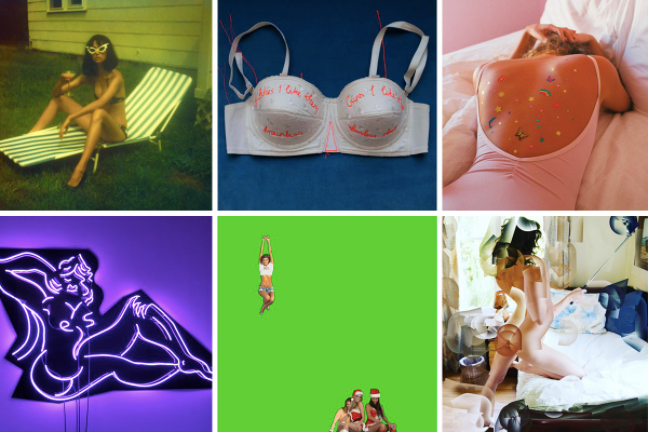
Leah Schrager, an artist and an ex-model decided to curate an exhibition named "The Mayle Gaze" . These pieces are largely nudes and free from the tropes of a Male point of view or gaze. Each of these pictures have been taken from a subversive point of view. Despite the term's recent popularity "Male Gaze", it is not a millennial term. Rather, it was coined by Laura Mulvey in the year 1975 during the upheaval of the second wave of feminism.
Schrager mentions that art can get quite complex to fathom at times. However, this is not just art, it is a lot more than that. This is activism and a call for confrontation. These are the 6 female artists. Their works were curated in the exhibition and it is worth a mention that each piece has a subversive message attached to it 1. Marianna Rothen
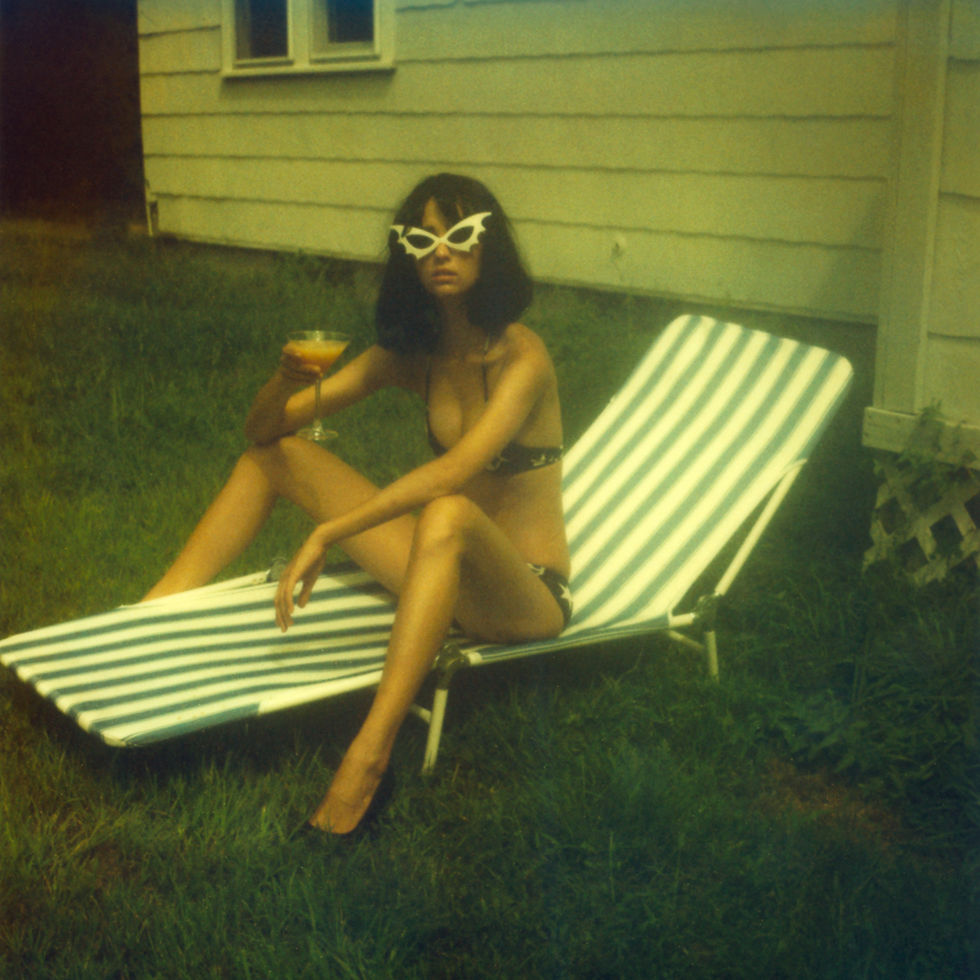
"In referencing eras when men dominated film and photography, I’m trying to create an identity that bridges those images from the past and brings them into today’s context. I’ve been photographing women ever since I can remember; it has always been part of my work. I was surrounded by a lot of female energy as a model, and of course these characters that I create are different projections of myself. I look to female complexities, showing struggles, hopes and dreams".
2. Leah Schrager
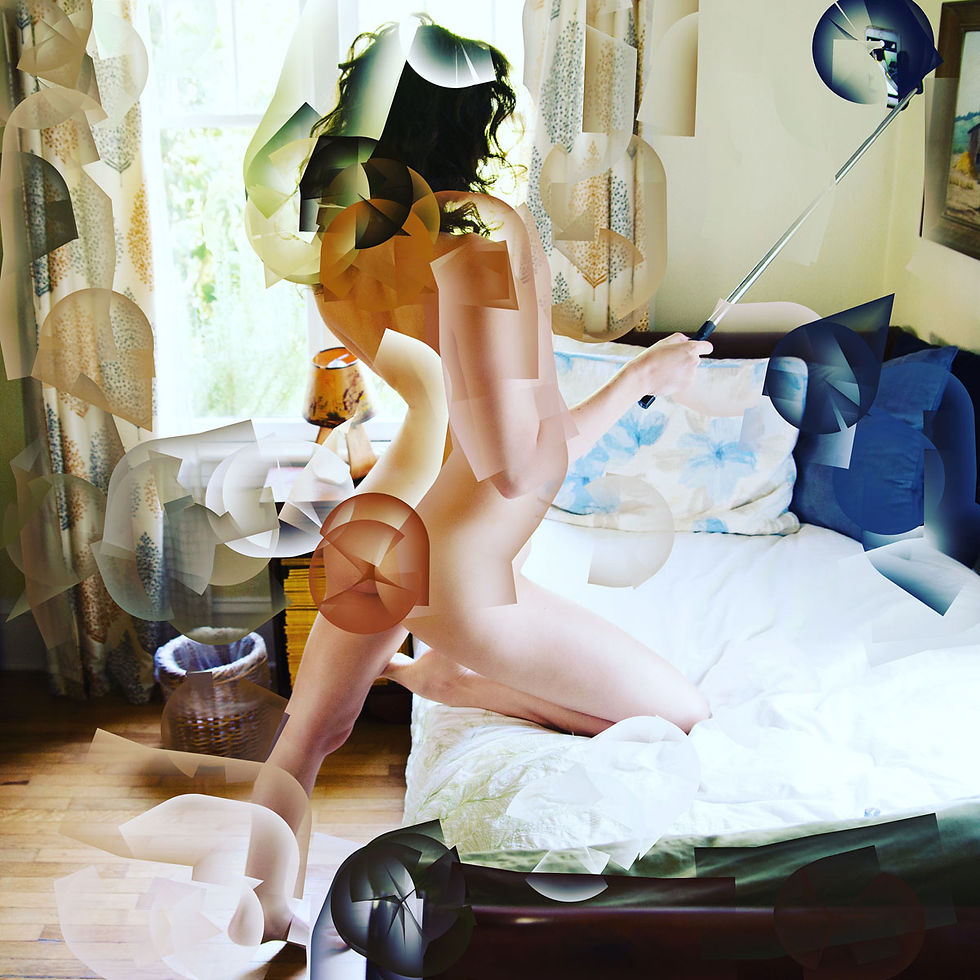
"[Because I work] mainly with social media, I own all my images. It’s usually the artist or the painter who owns images of their subjects, so it’s a pretty intense inversion of the power relationship. I’m tentatively calling my recent work “SFSM” (Safe for Social Media): I start with nude photos of myself and in creating art out of them, they also become shareable via social media. What I’m really countering is what I call “man hands”; the fact that, for a woman’s body to be considered of value it needs to go through the hands of a man — artist, photographer, modeling agency. That’s a relationship of power, and I want to know if it can all be one: Can a woman take on both sides of the power relationship?"
3. Mayan Toledano
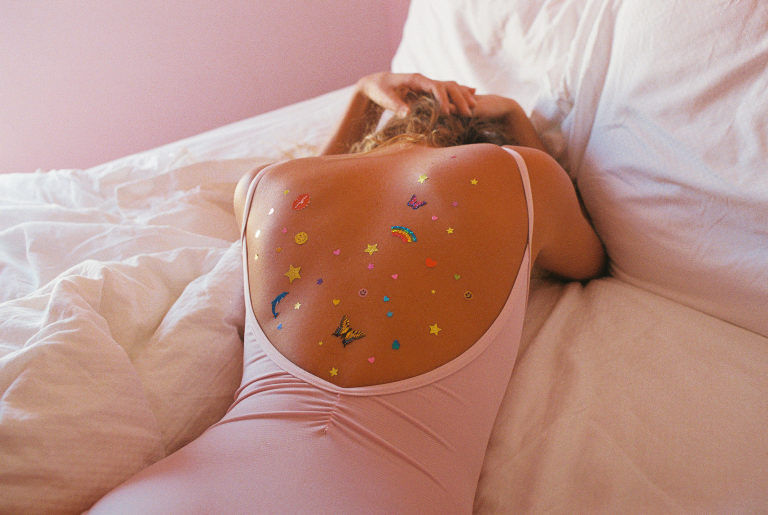
"The female body was always fetishized and manipulated to an ideal that is easier for people to digest. Retouch here, smooth there; no one wants to deal with real ‘flaws.’ Even with the body positive movement, I find that you can still see how the same features are fetishized. In order to change traditional perceptions of beauty, we have to create more truthful images. That is something that I always consider in my work".
4. Petra Cotright
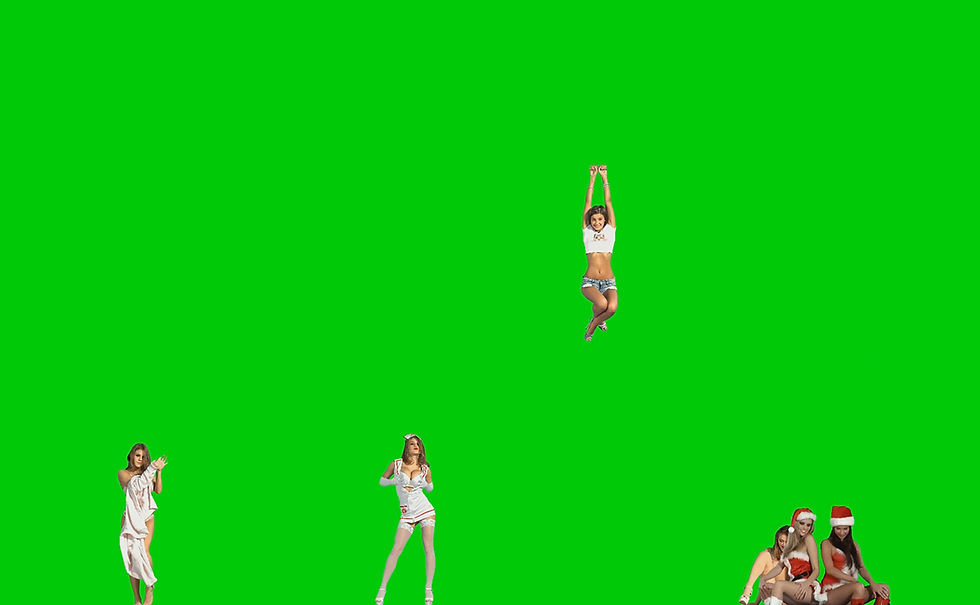
"The male gaze isn’t what I’m focused on. In my video Niki_Lucy_Lola_Viola (2015), I look at issues with women and the internet. I’ve never described the video as “feminist,” but of course, it’s about women and the digitized female form. My video for Stella McCartney Fire (Fantastic Planet) (2016) also looked at online culture, particularly webcams, which I used to use. I’m interested in bringing up questions and less interested in providing answers. That can be a powerful function of art, to at least start a conversation. I actually think it’s really not that interesting when art tries to provide all the answers".
5. Zoe Buckman
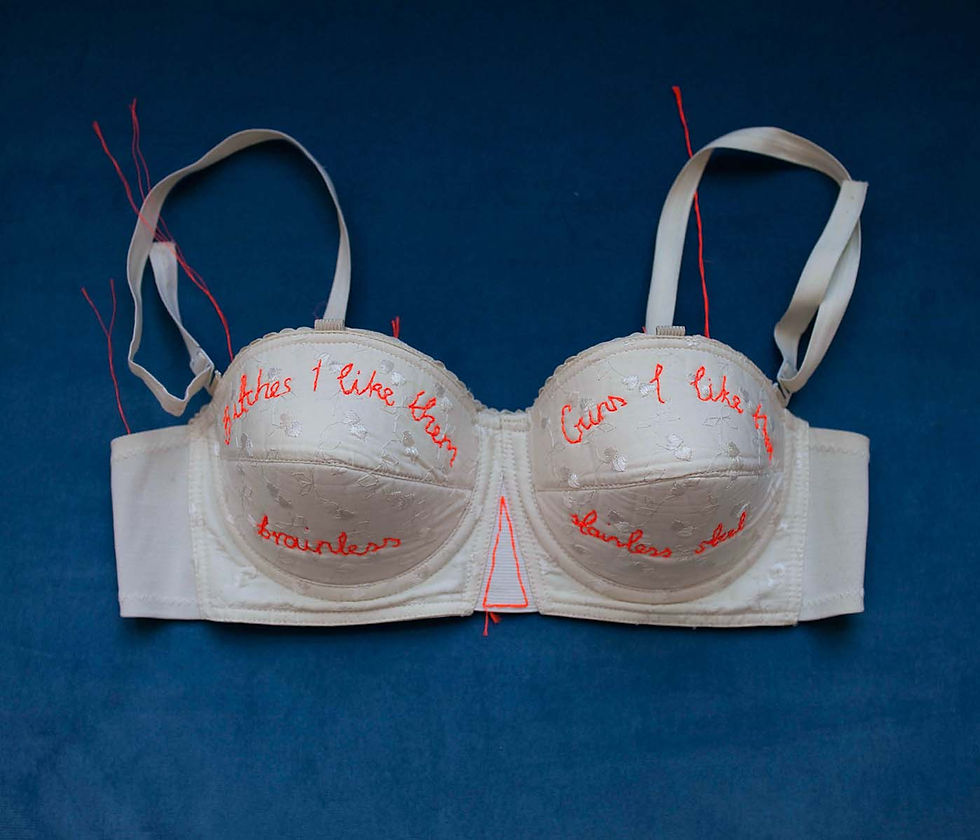
"Our society is oversaturated with representations of women as objects, to serve as desire stimulus to male eyes. I believe this to be a massive problem contributing to rape culture, sexism and inequality. The art world abundantly perpetuates the male gaze and its consequent effect on shaping our view of women. The male gaze affects my work significantly as I find myself constantly countering it, [focusing on] what grows inside our bodies (placentas), to what goes on our bodies (lingerie), to what goes inside our bodies (gynecological instruments). Women are present everywhere in my studio, yet the body and face itself is distinctly absent. It’s my way of avoiding fetishizing or objectifying women. I don’t want to see women hanging on walls or on pedestals anymore".
6. Mira Dancy
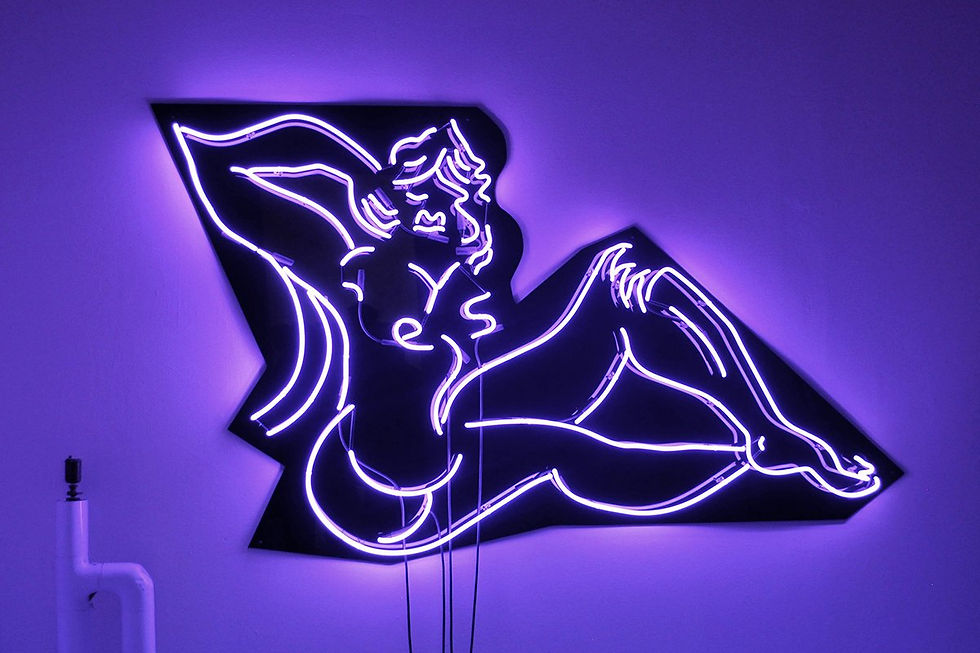
"In my work, the frame of the entire narrative takes place before the question of male gaze even enters the room. The scale is intimate, woman to woman, sister to sister. The arc of the narrative is about the split seconds of a pulse of a thought; it’s not extended enough to accommodate the intricacies of “a gaze.” The figures in the paintings are at odds with reflections and ghosts of themselves. This is why there is a blur between the body and background, they are both indeterminate fields. A body aiming to see itself rather than to be seen…trying to follow the synapse of feeling from the mind through the arm to the hand. It’s the shortest possible fiction. Short enough to summon a sense of time, a possible past or possible future self".
Quote and Picture credits: repeller.com






Comentarios